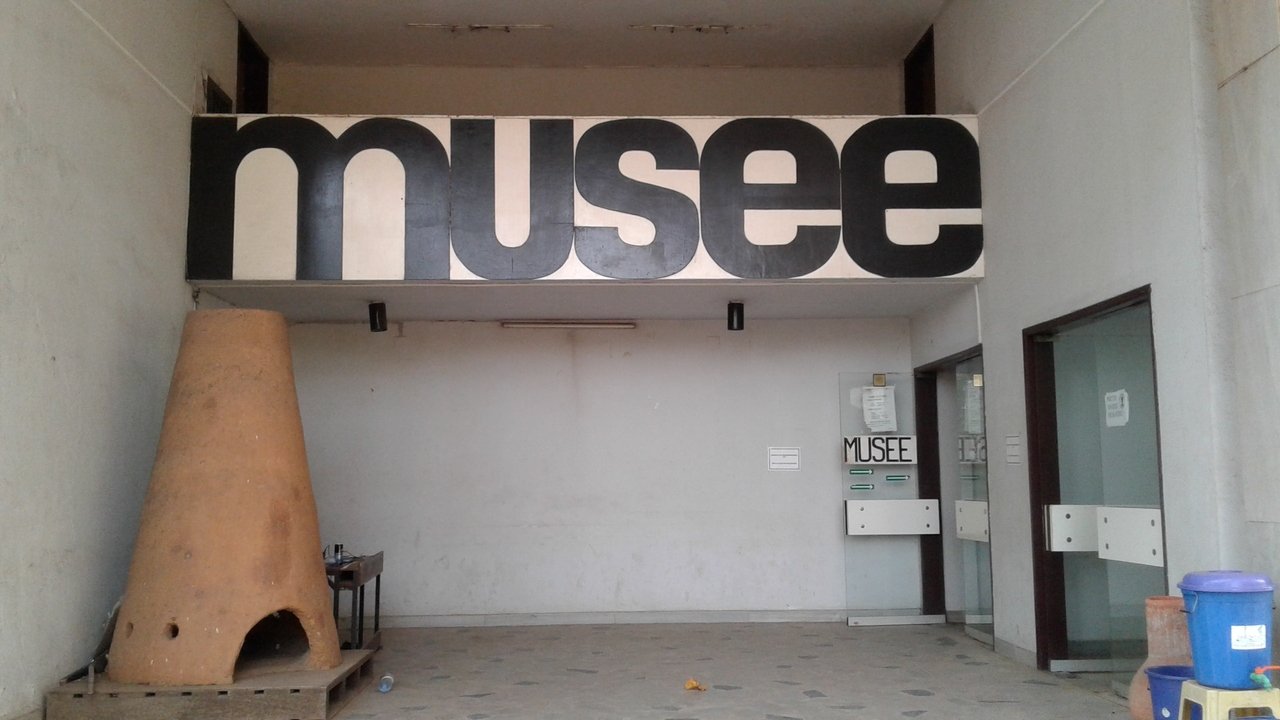Tour of the National Museum of Togo

Upon arrival, I paid an entrance fee and met my guide. As I elbow-bumped him, the self-proclaimed renowned historian warmly welcomed me. The PhD holder, who will remain anonymous throughout the duration of this story, is the most educated tour guide I have ever had.
My tour of the National Museum of Togo began in the ethnographic section. On this wing, I saw artistically handcrafted artifacts. There is a wide range of cultural objects produced by the Togolese artisans dating back to the Stone Age. While some pieces are molded by members of specific ethnic groups, others are made throughout the region.
Pottery is widely practiced in Africa. Materials used are mainly clay and, to a lesser extent, ceramic substance. In most cases, raw vessels and utensils go through fire to be transformed into finished products.
Drums are also exhibited in the same section. The African drum is iconic. Its cultural and symbolic value transcends music. As I examined different kinds of drums, my history tutor helped me to distinguish musical drums from those designed to summon people or convey messages.
Shortly thereafter, I found myself staring at masks of different shapes and forms. Traditionally, masks are used in initiation rituals, burial ceremonies and other occasions. Some of these face coverings represent the spirits of ancestors.
As expected, I also came across exhibits that expound Voodoo doctrines and the harmonious blend of Voodoo faith and Christianity in Togolese societies. This was one of the most interesting topics throughout my tour of the Maritime Region of Togo.
The historical section of the museum was hard to navigate. Slavery and colonialism are topics that usually leave a bitter taste in my mouth. I took a closer look at the chains, handcuffs and shackles used to prevent slaves from escaping. Then my guide showed me iron bits, known as gags, used to lock their mouths. Finally, he ushered me around the walls covered by the German and French colonial governors’ portraits.
This was a very informative tour. I benefited tremendously from the services rendered by the renowned historian mentioned above. However, I left the building struggling to extinguish the resentment rekindled by the topics that open healing wounds.